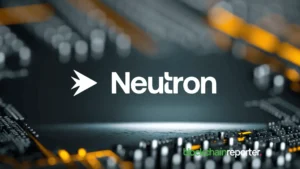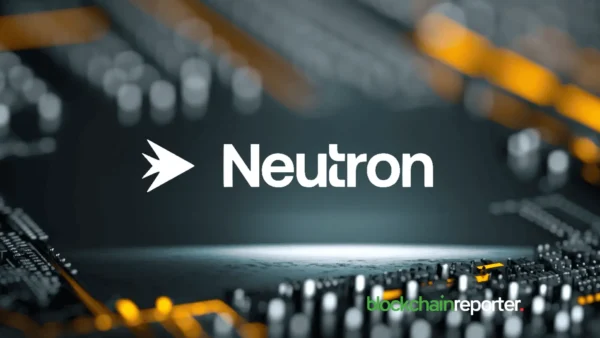
Web3 trading wallet Bitget Wallet, the official wallet of the popular BitGet cryptocurrency exchange, has become one of the first in the industry to add support for the exciting new Runes Protocol that promises to transform Bitcoin’s nascent NFT ecosystem.
The Runes Protocol can be accessed in Bitget Wallet via its new Dapp category, where they can interact directly with a quickly expanding ecosystem of dApps that support rune etching and trading.
Not everyone will be familiar with Runes, which is a new protocol that was proposed in September 2023 by the creator of Bitcoin Ordinals, Casey Rodarmor. Bitcoin Ordinals had an immediate and far-reaching impact on the Bitcoin network, enabling the creation of the first native Bitcoin NFTs, but they also caused a lot of chaos by clogging the network and spiking transaction fees. With Runes, it appears that Rodarmor is trying to make up for the negative impacts of Ordinals with a newer standard that will make NFTs on Bitcoin easier to create and more efficient, reducing the network congestion of Ordinals, which are powered by their older BRC-20 protocol.
The Runes standard’s big launch was timed to coincide with Bitcoin’s latest halving, which occurred on April 2023, reducing block rewards by half – an event that many believe will have a long-lasting, positive impact on Bitcoin’s value. With Runes, there’s even more intrigue, because it could inspire the creation of a new generation of projects in the Bitcoin ecosystem.
Runes is a token standard that enables users to issue “fungible” tokens on the Bitcoin network, as well as their non-fungible counterparts. The protocol leverages native features within Bitcoin to enable the creation, minting and transfer of tokens directly on Bitcoin’s blockchain, in a more optimal way than Ordinals.
Runes is based on the Unspent Transaction Outputs (UTXO) model that aligns with Bitcoin’s network architecture. UTXO represents the amount of funds in any given Bitcoin wallet that can be used as inputs for new transactions. In doing this, Runes helps to minimize the creation of unwanted “Dust” UTXOs, which are the main problem with Ordinals, cluttering the network and slowing down transactions.
While Ordinals enabled the creation of basic NFTs, Runes will allow developers to mint fungible tokens too. These can be used for various purposes, such as digital ownership, voting rights, a representation of someone’s identity and credentials, and even a medium of exchange.
Runes’ Debut Makes A Big Splash
Bitget Wallet is one of the first Bitcoin wallets to see the potential of Rune, which made a big splash within hours of their launch. According to Bitget, the transaction volume of Runes’ top ten most active projects hit almost 300 BTC by April 23, just three days after its launch. Those projects, which include RSIC, Genesis, Rune, Satoshi-Nakamoto, Wanko-Manko-Runes and Bitcoin-Pepe-Matrix, have already attained a combined market valuation of 39,000 BTC, Bitget said.
The rapid adoption of Runes is the main reason why Bitget Wallet has embraced its potential so quickly. According to Bitget Wallet’s chief operating officer Alvin Kan, there are several reasons for its initial impetus, including the early development of projects such as Runestone, which reached a valuation of more than $500 million during the Pre-Runes phase, prior to the official launch. Runes has also been backed by numerous top cryptocurrency exchanges.
Ordinals developers have also embraced Runes, and there has been an ecosystem-wide agreement to intentionally exclude BRC-20 addresses from the Runestone airdrop, in order to convince people to adopt the newer standard.
Kan said the Bitcoin network might suffer from some initial problems arising from network dynamics and liquidity issues, but he is positive about the long-term potential of Runes. “I’m confident of the future of the Runes Protocol,” he said. “This is just the beginning of a global phenomenon that will surely be a prominent sector in Web3 for innovation.”
The Runes Protocol has significant potential. Its recognition as an official asset issuance protocol on Bitcoin has led to the growth of a community of enthusiasts, including developers and investors, laying the foundation for future innovation and expansion. With more exchanges adding support for Runes by the day, it’s likely that the existing liquidity problems will soon become much less of an issue, helping to accelerate further development of fungible and non-fungible tokens on the Bitcoin network.








